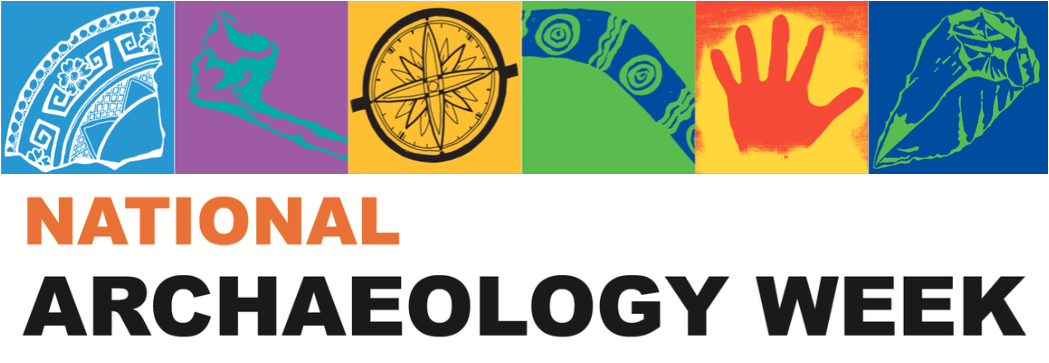Nadia Iacono
Current position
Senior Associate/Archaeologist at GML Heritage.
Where did you study?
Undergraduate BA degree at University of Sydney; PhD at La Trobe University, Victoria.
How did you become interested in archaeology?
My family are from the Isole Eolie, a small group of volcanic islands off the west coast of Italy. I was raised on stories of ancient Etruscans, Bronze age village remains and understanding the connection of beautiful obsidian tools, pumice stone and capers to my people. My mother’s front door key came with her to Australia – it looks like the key to the giant’s house atop the beanstalk. It and my family’s stories fascinated me as a child. That interest in culture and stories became a life long career in archaeology.
What archaeological projects are you working on at the moment?
I'm currently working on some interesting projects at Hyde Park Barracks, the Mint, Luna Park and an old homestead out Armidale way.
Tell us about one of your most interesting archaeological discoveries.
There have been so many - human remains on remote islands off the Abu Dhabi coast and recovering Aboriginal flint tools buried on the banks of the Tank Stream at Angel Place in the heart of Sydney when it was thought unlikely that Aboriginal cultural heritage would have survived European occupation.
Locating the remains of over 70 unmarked children's burials in the cemetery of the Randwick Destitute Children's Asylum, now Prince Of Wales Hospital, Sydney was a long, intense and memorable project over the hot summer of 1995. An awesome, considerate team of archaeologists; a supportive client, excavation and lab results that enabled many of the children to be identified and reburied with their name memorialised and best of all that cochlear bone moulds were made from some of the remains that brought sound to living hearing impaired children. Lots of wins.
Tell us about a funny / disastrous / amazing experience that you have had while doing archaeology.
So many! While digging at Boncuklu, on the Konya Plain in Turkey, checking the sky each day for the wondrous sight of mass migrating storks flying from Europe south to Africa for the winter each late August/early September. Crossing over our site, the flocks can stretch for some 200km. After crossing the Bosphorus, they use the local thermals over Central Anatolia, moving toward the Levant, then bypassing the Sahara Desert by following the Nile Valley southward. What a trip!
What’s your favourite part of being an archaeologist?
The amazing opportunities I’ve had to travel and learn about the world while working on excavation projects, some over several years/seasons. Archaeology has given me the chance to make lasting friends I’d never have otherwise met and to experience everyday life in many cultures. I also love that my curiosity to learn has full reign in my career. Everything is worth knowing to an interested archaeologist. Our skill set can be vast and flexible. Our view both big picture and tiny.
Follow up reading.

